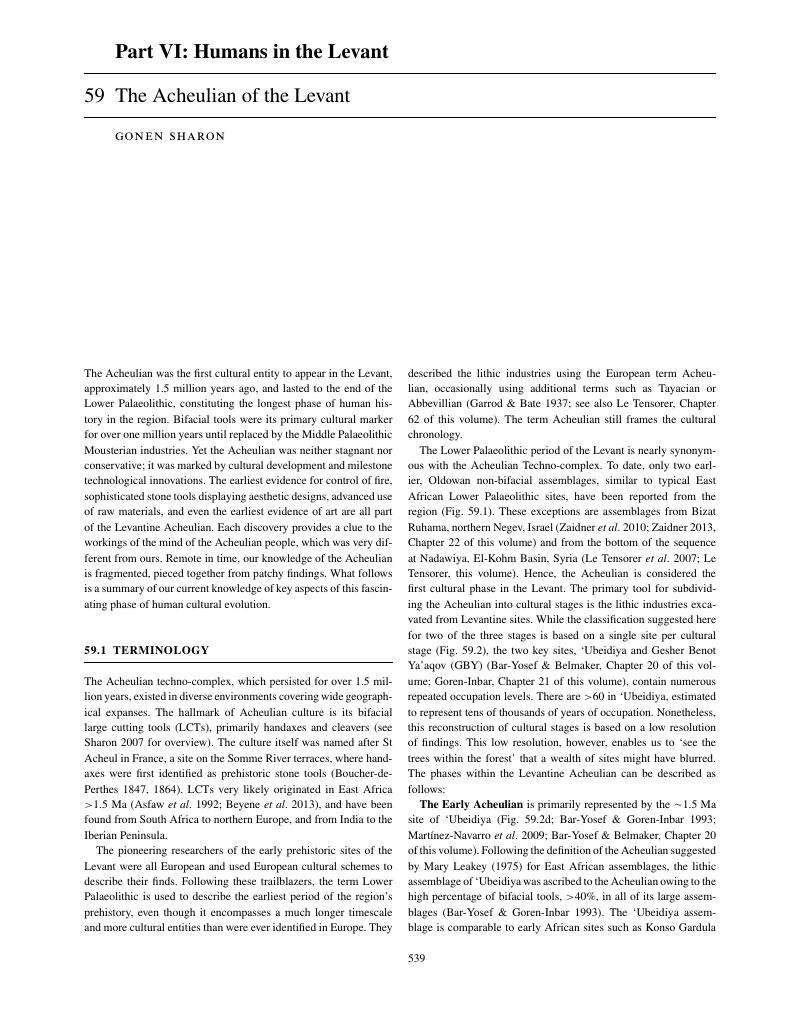Book contents
- Quaternary of the Levant
- Quaternary of the Levant
- Copyright page
- Contents
- Contributors
- Acknowledgements
- 1 The Quaternary of the Levant
- Part I: The Evolution of Current Landscapes and Basins
- Part II: Palaeoclimates
- Part III: Archaeology of Human Evolution
- Part IV: Palaeoecology
- Part V: Quaternary Geomorphology
- Part VI: Humans in the Levant
- Index
- Plate section
- References
Part VI: - Humans in the Levant
Published online by Cambridge University Press: 04 May 2017
- Quaternary of the Levant
- Quaternary of the Levant
- Copyright page
- Contents
- Contributors
- Acknowledgements
- 1 The Quaternary of the Levant
- Part I: The Evolution of Current Landscapes and Basins
- Part II: Palaeoclimates
- Part III: Archaeology of Human Evolution
- Part IV: Palaeoecology
- Part V: Quaternary Geomorphology
- Part VI: Humans in the Levant
- Index
- Plate section
- References
Summary

- Type
- Chapter
- Information
- Quaternary of the LevantEnvironments, Climate Change, and Humans, pp. 539 - 766Publisher: Cambridge University PressPrint publication year: 2017



